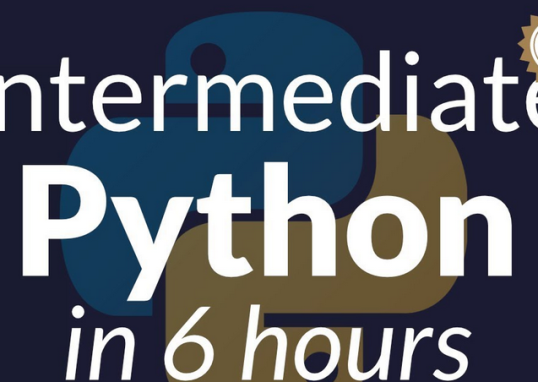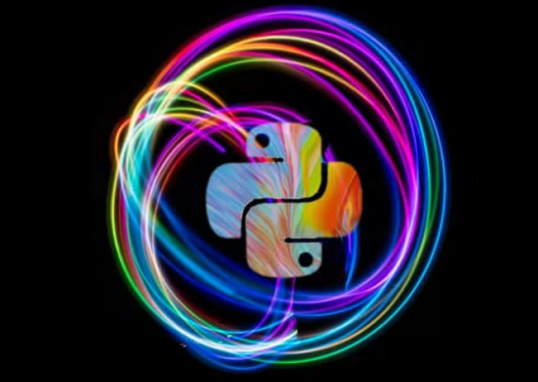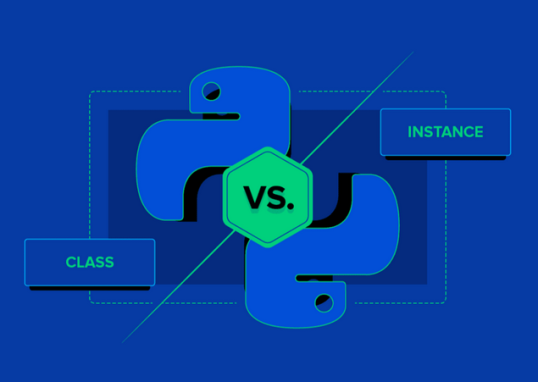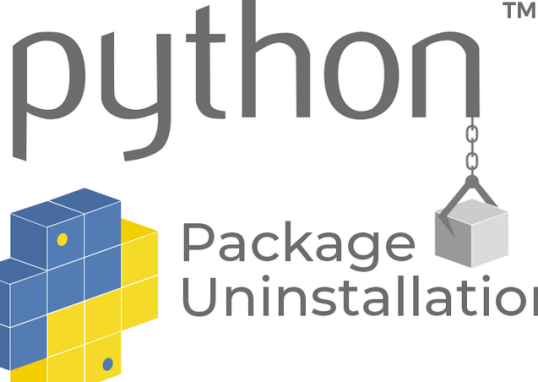In
Text data labeling or classification is widely used across various industries and applications to extract valuable information, automate processes, and improve decision-making. Here are some real-world examples across different use cases:
- Customer support ticket classification:
- Use case: Companies receive a large volume of customer support tickets.
- Application: Automated classification of support tickets into categories such as Billing, Technical Support, and Product Inquiry. This helps prioritize and route tickets to the right teams.
- Spam email filtering:
- Use case: Sorting emails into spam and non-spam categories.
- Application: Email providers use text classification to identify and filter out unwanted emails, providing users with a cleaner inbox and reducing the risk of phishing attacks.
- Sentiment analysis in social media:
- Use case: Analyzing social media comments and posts.
- Application: Brands use sentiment analysis to gauge public opinion, track brand sentiment, and respond to customer feedback. It helps with reputation management and understanding customer preferences.
- News categorization:
- Use case: Sorting news articles into categories.
- Application: News websites use text classification to automatically categorize articles into sections such as Politics, Technology, and Entertainment, making it easier for readers to find relevant content.
- Resume screening:
- Use case: Sorting job applications.
- Application: Human resources departments use text classification to quickly identify resumes that match specific job requirements. This accelerates the hiring process and ensures a more efficient candidate screening.
- Medical document classification:
- Use case: Sorting medical records and documents.
- Application: Healthcare organizations use text classification to categorize and organize medical records, lab reports, and patient notes. This aids in efficient data retrieval and analysis.
- Legal document classification:
- Use case: Sorting legal documents.
- Application: Law firms use text classification to categorize and manage legal documents, contracts, and case-related information, streamlining legal research and case management.
- Fraud detection in financial transactions:
- Use case: Identifying fraudulent activity.
- Application: Financial institutions use text classification to analyze transaction descriptions and identify potential cases of fraud or suspicious activities, enhancing security measures.
- Product review analysis:
- Use case: Analyzing customer reviews.
- Application: E-commerce platforms use sentiment analysis to categorize and understand product reviews. This helps in improving products, addressing customer concerns, and enhancing overall customer satisfaction.
- Language identification:
- Use case: Determining the language of a given text.
- Application: Social media platforms and translation services use text classification to automatically identify the language of a user’s post or content, enabling accurate language-specific interactions.
These examples highlight the versatility of text classification across different domains, showcasing its significance in automating tasks, improving efficiency, and gaining valuable insights from textual data.





